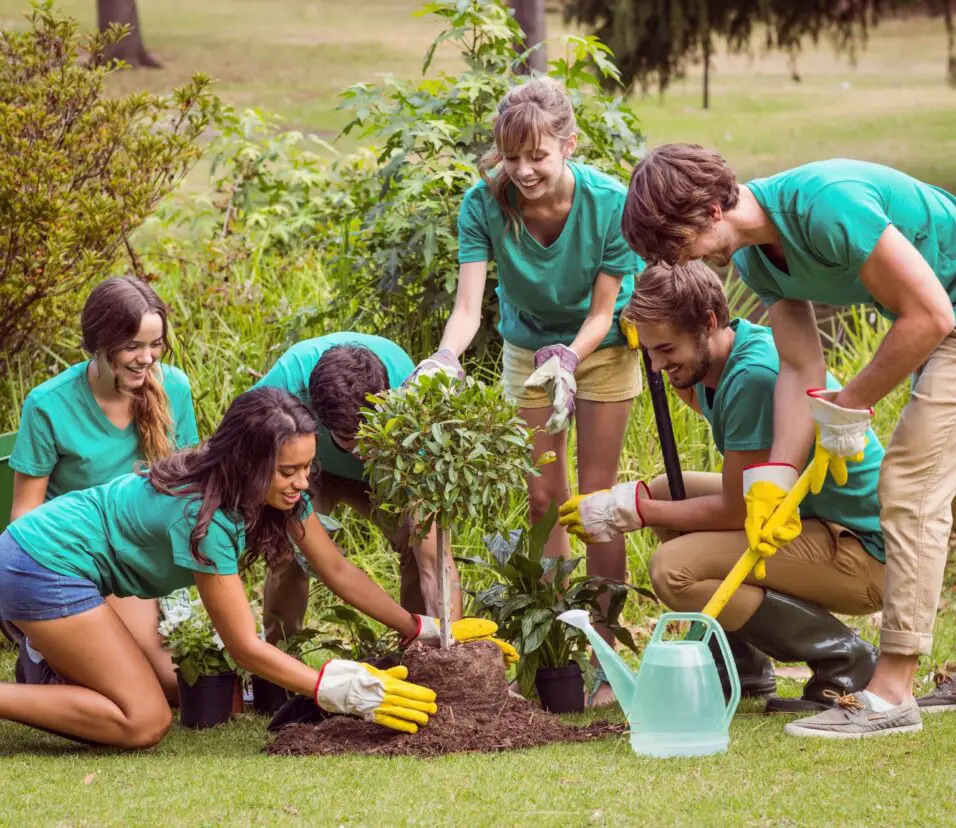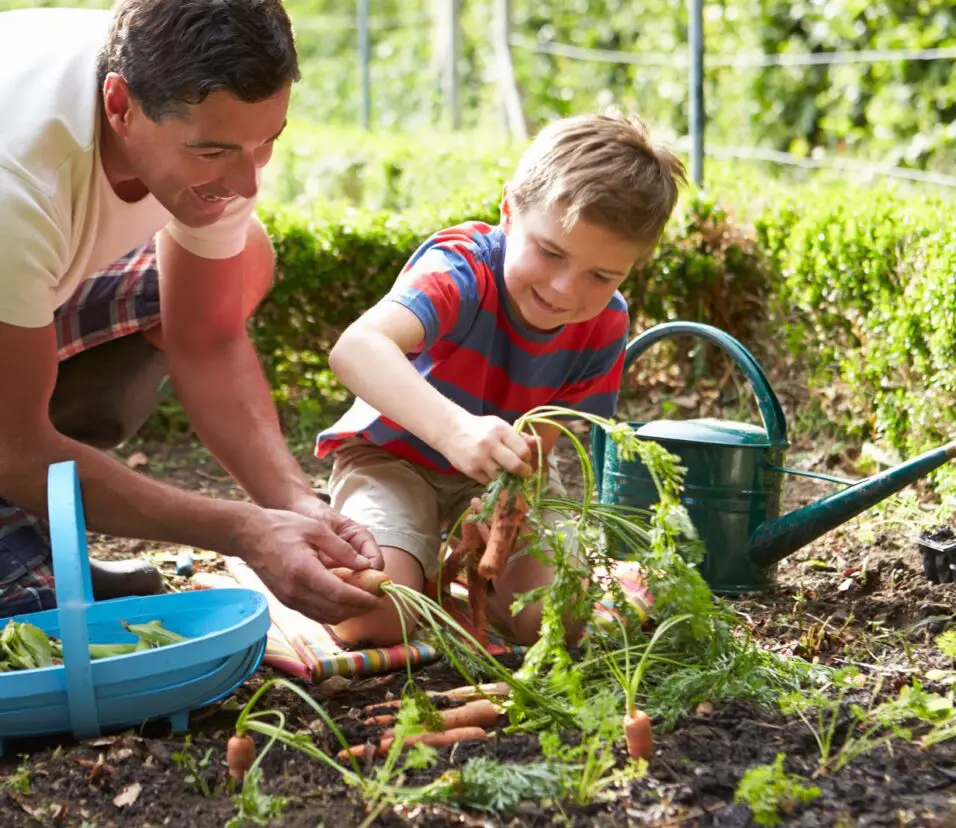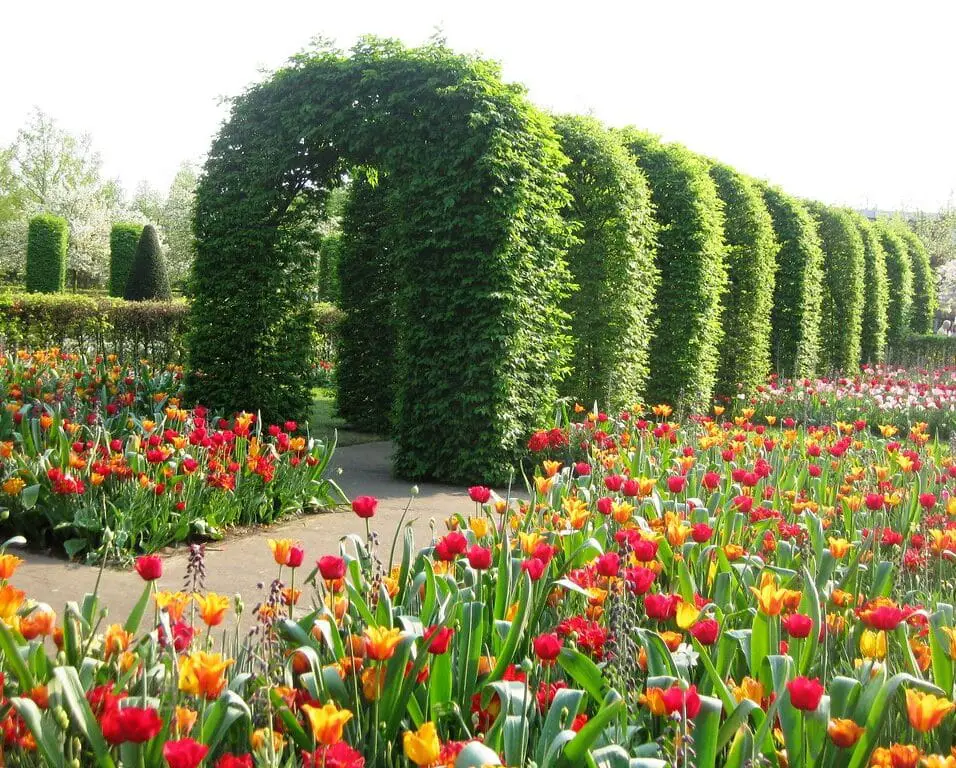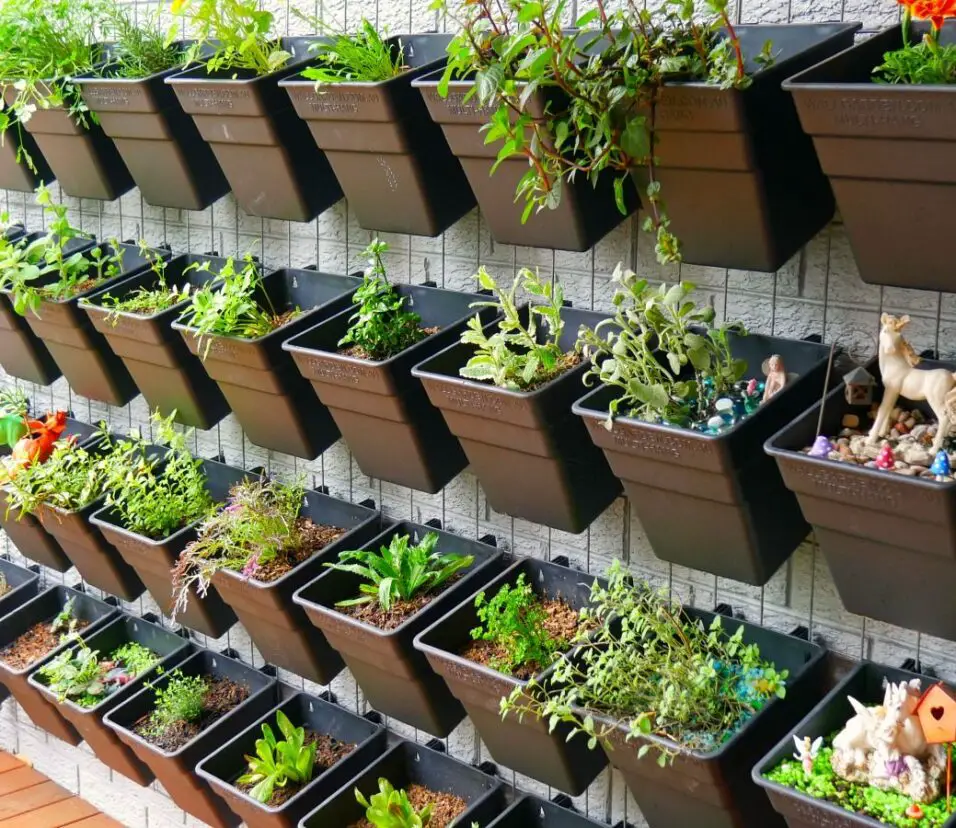How To Use Eggshells In Gardening
Introduction
How To Use Eggshells In Gardening: Utilizing eggshells in gardening not only reduces waste but also provides a natural source of essential nutrients that benefit your plants.
Eggshells, often discarded as kitchen waste, are a valuable resource for any gardener looking to enhance soil quality and promote healthy plant growth. Comprising primarily of calcium carbonate, eggshells can help prevent calcium deficiency in plants, which can lead to issues like blossom end rot in tomatoes and peppers.
The slow release of calcium from crushed eggshells ensures a steady supply of this vital nutrient to your plants.You will discover various ingenious ways to incorporate eggshells into your gardening routine. From creating nutrient-rich compost and soil amendments to deterring pests that can harm your beloved plants, eggshells prove their versatility in numerous aspects of gardening.
Whether you’re an experienced gardener cost or just starting your green journey, this guide will provide you with practical tips and insights on harnessing the power of eggshells to foster a thriving garden. Join us as we explore these eco-friendly techniques that not only benefit your plants but also contribute to a more sustainable planet.

How do you mix egg shells for garden?
I will add 1 heaping TBSN of the eggshells along with 1 TBSN of Epsom salts, into the hole I have dug in the pot, or in the ground. Stir them around a bit, than plant your tomato or pepper plant. The eggshells will add extra calcium into the soil, which can help prevent blossom end rot.
Incorporating eggshells into your garden is a simple and effective way to boost soil health and plant growth. To prepare eggshells for gardening, begin by collecting and rinsing the shells to remove any residual egg whites. Allow the shells to air dry completely, either in a sunny spot or indoors.
Once dry, there are a few methods you can use to incorporate eggshells into your garden soil. One approach is to crush the eggshells into small pieces using a mortar and pestle, or by placing them in a plastic bag and gently crushing with a rolling pin. The resulting pieces should be coarse, not finely powdered.
Next, you can mix the crushed eggshells directly into your garden soil. Aim for a ratio of about one cup of crushed eggshells per square yard of soil. Alternatively, you can add the crushed eggshells to your compost pile, where they will naturally break down over time, enriching the compost with valuable calcium.
Another option is to create an eggshell tea fertilizer. Simply place the crushed eggshells in a container, cover with water, and allow it to steep for a few days. Use this nutrient-rich water to water your plants or as a foliar spray.
Regardless of the method you choose, incorporating eggshells into your garden can provide a sustainable source of calcium and other minerals, benefiting your plants and contributing to the overall health of your garden.
Should I sprinkle egg shells in my garden?
Eggshell Benefits
The soil’s pH can be lowered by eggshells’ calcium carbonate, making it more alkaline. This is great for plant growth because many plants prefer low-acid soil.
Spreading broken eggshells in your yard can help your plants and soil. Plants can develop stunted growth and fruit problems due to calcium deficiency, however eggshells are a great natural fertilizer.
Collect and clean eggshells to eliminate egg residue before using them. Crush the shells when they dry. Spread broken eggshells evenly over your plants’ bases. This method provides a slow-release calcium source and deters slugs and snails with the spiky eggshell fragments.
Eggshell bits also break down in the soil, improving drainage and aeration. This benefits thick clay soils. Eggshells improve soil structure and provide nutrients, but they cannot replace a balanced fertilizer.
Growing stronger plants and a more vibrant garden with crushed eggshells is eco-friendly and cost-effective.
How many egg shells should I put in my garden?
As with egg shells in planting holes, finer powder leaches nutrients faster to the roots. A spoonful or two of powdered egg shells per plant is recommended for topical application.
Eggshells should be added to your garden based on its size, type of plants, and soil nutrient levels. Try using 1 cup of crushed eggshells per square yard of garden space.
Start with a handful of crushed eggshells per potted or smaller garden plant. Avoid piling broken eggshells against the stems and scatter them about the plants’ bases.
To suit your plants’ nutritional demands, mix eggshells with a balanced fertilizer as a calcium and mineral supplement.
It’s always a good idea to observe your plants and monitor their response to the eggshell application. If you notice positive results, you can continue incorporating crushed eggshells into your gardening routine, adjusting the quantity as needed. Experimentation and observation will help you determine the ideal amount for your specific garden conditions.
Can you put raw eggshells in garden?
The calcium from eggshells is also welcome in garden soil, where it moderates soil acidity while providing nutrients for plants. Eggshells contain such an abundance of calcium that they can be used almost like lime, though you would need a lot of eggshells to make a measurable impact.
Yes, you can certainly put raw eggshells in your garden as a natural and beneficial amendment. Raw eggshells are a valuable source of calcium and other essential minerals that can contribute to the health of your plants and soil.
Before adding raw eggshells to your garden, it’s important to clean and sterilize them to prevent any potential contamination or odor issues. Rinse the eggshells thoroughly to remove any residual egg whites, and allow them to air dry completely. Once dry, you can crush the eggshells into small pieces, which will make them easier to incorporate into the soil.
Sprinkle the crushed eggshells around the base of your plants or mix them directly into the soil. The eggshells will gradually break down over time, releasing calcium and other minerals into the soil, which in turn can benefit your plants’ growth and overall health.
Additionally, the texture of the crushed eggshells can help deter pests like slugs and snails due to their sharp edges. By recycling your raw eggshells in the garden, you’re not only enriching the soil but also practicing sustainable gardening and reducing kitchen waste.
What are the primary nutrients found in eggshells that make them beneficial for gardening?
Gardeners use eggshells because they are rich in calcium, magnesium, and other minerals. Calcium is essential for plant cell division, cell wall production, and nutrient uptake. Calcium shortage can cause stunted growth, poor fruit development, and sickness.
Eggshells in garden soil slowly release calcium, providing plants with a regular supply. This strengthens cell structure, prevents calcium insufficiency, and boosts plant resistance.
Eggshell magnesium helps produce chlorophyll, which is needed for photosynthesis and foliage color. Eggshells improve soil structure, aeration, and water retention due to their mineral content.
Adding eggshells to your garden is a sustainable and cost-effective way to nourish plants, enrich soil, and maintain ecosystem health.
How can crushed eggshells help prevent calcium deficiency in plants, and why is this important?
Calcium shortage can cause blossom end rot in tomatoes and peppers, weaker cell walls, and poor nutritional absorption.
As they break down, broken eggshells release calcium into the soil. This slow-release calcium supply meets the plant’s nutritional needs throughout its growth cycle. As plants collect water and minerals from the soil, they also absorb calcium from eggshells, strengthening their cells and health.
Preventing calcium insufficiency is vital as a secondary macronutrient. Calcium aids root growth, cell elongation, and nutrient delivery. Gardeners can strengthen plants, improve fruit quality, and resist disease by maintaining adequate calcium levels. Using crushed eggshells is sustainable and proactive for plant health.
What are some effective methods for incorporating crushed eggshells into your garden soil?
Incorporating crushed eggshells into your garden soil can be accomplished through several effective methods that enhance soil quality and benefit plant growth. Firstly, after collecting and cleaning the eggshells, allow them to dry completely. Then, crush them into small fragments using a mortar and pestle or a rolling pin inside a plastic bag.
One straightforward approach is to mix the crushed eggshells directly into the soil during planting or as a top dressing around existing plants. Aim to spread about one cup of crushed eggshells per square yard of garden space for optimal results.
Alternatively, you can add the crushed eggshells to your compost pile, where they will gradually decompose, enriching the compost with calcium and other minerals. Once the compost matures, incorporate it into your garden beds to enhance overall soil fertility.
Creating an “eggshell tea” is another method. Place crushed eggshells in a container, cover with water, and let it steep for a few days. Then, use this nutrient-rich liquid to water your plants or as a foliar spray.
Whichever method you choose, the gradual breakdown of eggshells in the soil ensures a steady release of calcium and other beneficial minerals, promoting healthy plant development and contributing to the long-term vitality of your garden.
How do eggshells contribute to the improvement of soil structure and overall soil health in a garden?
After breaking down, eggshells release calcium carbonate into the soil, which buffers pH and prevents soil acidity. This promotes pH homeostasis, allowing plants to absorb nutrients.
Eggshells also improve soil aeration and drainage. When broken eggshells are added into soil, their abrasive texture creates voids between particles, improving air and water circulation. Preventing compaction and improving root penetration in thick clay soils is very beneficial.
Slowly decomposing eggshells supply minerals to the soil, boosting its fertility over time. Eggshells’ rough texture deters slugs and snails in the soil.
Eggshells provide a healthier, well-structured soil that encourages plant development, effective nutrient cycling, and better water management, strengthening the garden ecosystem.
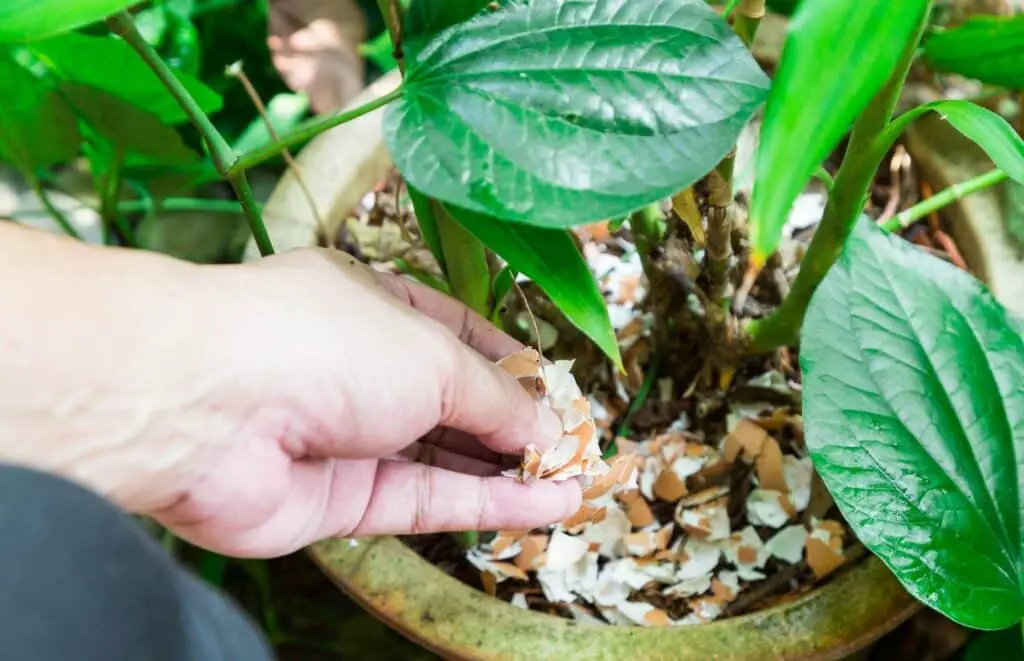
Conclusion
In the realm of sustainable gardening practices, eggshells emerge as a hidden gem, offering multifaceted benefits to both plants and soil. Through their rich composition of calcium and other essential minerals, eggshells hold the potential to elevate your gardening efforts to new heights. As we conclude this exploration of their applications, it’s evident that eggshells are not just discarded remnants of breakfast; they are valuable tools for nurturing the very essence of your garden.
From mitigating calcium deficiency and preventing plant ailments to enhancing soil structure and bolstering nutrient availability, the versatility of eggshells is truly remarkable. By adopting simple yet effective methods—such as incorporating crushed eggshells into soil, creating nutrient-rich eggshell teas, or enriching compost piles—you can harness these benefits with ease.
Moreover, the integration of eggshells into gardening practices aligns harmoniously with sustainable principles. By repurposing what would otherwise be waste, you’re contributing to a healthier environment and reduced ecological footprint.
As you embark on this journey of utilizing eggshells garden in your garden, remember that gardening is a dynamic process of learning and adaptation. Observe the transformations in your plants, the gradual enrichment of your soil, and the flourishing ecosystem you’re nurturing. With eggshells as your allies, you’re not just gardening; you’re cultivating a thriving microcosm that echoes the harmony of nature’s cycles. Embrace the humble eggshell, and watch it evolve into a cornerstone of your flourishing garden sanctuary.




